Jaipur, the capital of Rajasthan, is a fascinating destination teeming with captivating sights and unforgettable experiences.
Nothing beats exploring a new city and immersing yourself in its lively atmosphere to uncover its culture and heritage.
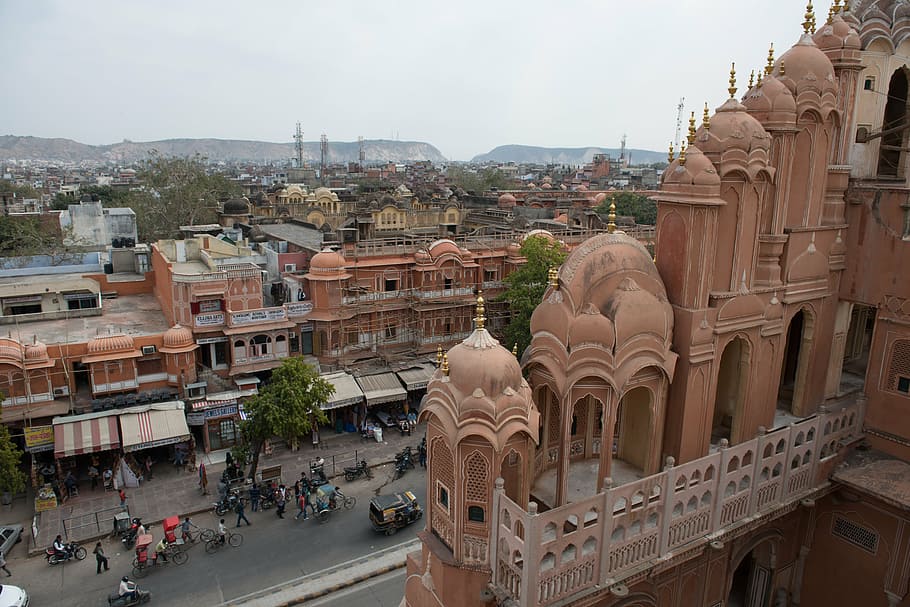
Known fondly as ‘The Pink City’ due to the building’s striking pink-coloured structure, it serves up a kaleidoscopic blend of rich traditions blended effortlessly with contemporary charm – not more than 267 kilometres from New Delhi! Whether you’re looking for royal palaces or vibrant bazaars; hilltop temples or unique cuisines, this bustling haven offers them all. So what are you waiting for? A trip down to Jaipur could just be your next best adventure so far.
The Kacchawa Rajput prince Jai Singh II, the lord of Amer, created Jaipur in 1727, and the city is named after him. Vidyadhar Bhattacharya developed it as one of the first planned cities in modern India. The city functioned as the capital of the state of Jaipur during the British colonial period. Jaipur became the capital of the newly established state of Rajasthan after independence in 1947.
On July 6, 2019, the UNESCO World Heritage Committee added Jaipur to its list of World Heritage Sites as the “Pink City of India.” The UNESCO World Heritage Sites Amer Fort and Jantar Mantar are both located in the city.
10 amazing historical places in and around Jaipur
Hawa Mahal
The massive Hawa Mahal was built by Maharaja Sawai Pratap Singh in the year 1799 at the intersection of the main road in Jaipur, Badi Chaupad. The term Hawa Mahal comes from the palace’s distinctive structure, which is a mesh of small windows that allowed cool breezes to enter the palace, keeping it cool throughout the hot summer months.
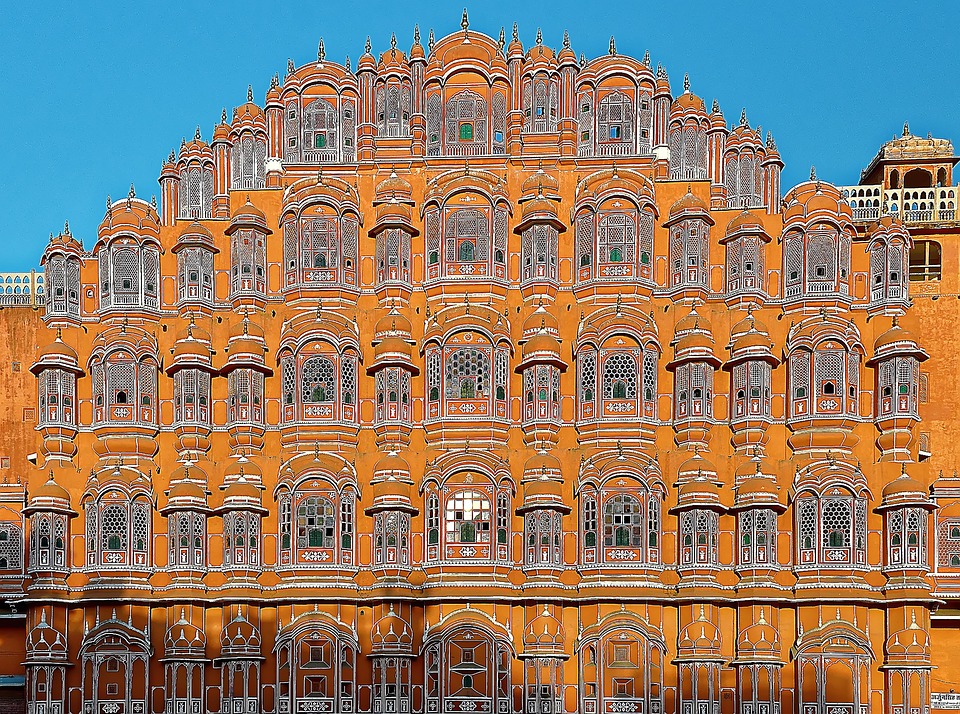
The Hawa Mahal is a red and pink sandstone monument with a pyramidal construction that resembles a crown. It has 953 tiny windows, also known as ‘Jharokhas,’ that are embellished with beautiful latticework. The Hawa Mahal palace is divided into five stories, each with a different style of decoration. Inside the main palace, a lovely fountain welcomes you, from which you can ascend to the various stories.
Hawa Mahal is well connected to major transportation systems because it is a major tourist attraction. Buses, cabs, and autorickshaws are all convenient ways to get to this location.
Timings: 9:00 AM – 4:30 PM
Entry Fee: Indian Tourists: INR 50 per head
Foreign Tourists: INR 200 per head
City Palace
The majestic City Palace in Jaipur is one of the most well-known tourist attractions in the city’s historic district. The massive structure of the palace was built by Maharaja Sawai Jai Singh between 1729 and 1732, and it took approximately one-seventh of the walled city.
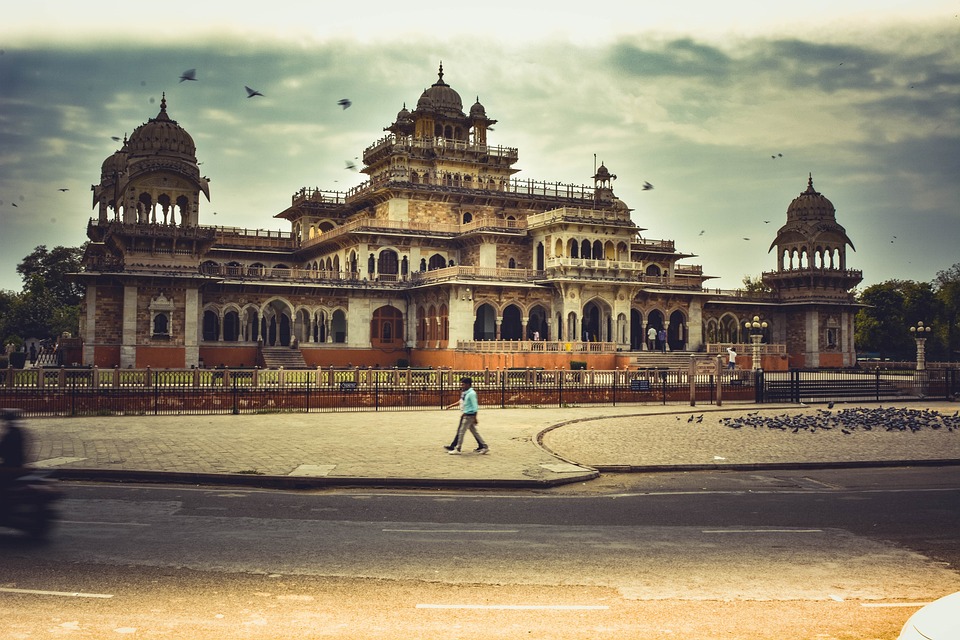
The facade is a combination of Mughal and Rajput building styles, and it is designed with acute and intricate artistry. The exterior wall was completed by Jai Singh II, although the palace has undergone numerous renovations throughout the years, with some of them dating back to the early twentieth century. The Virendra Pol and Udai Pol, two of the City Palace’s three gates, are open to the public.
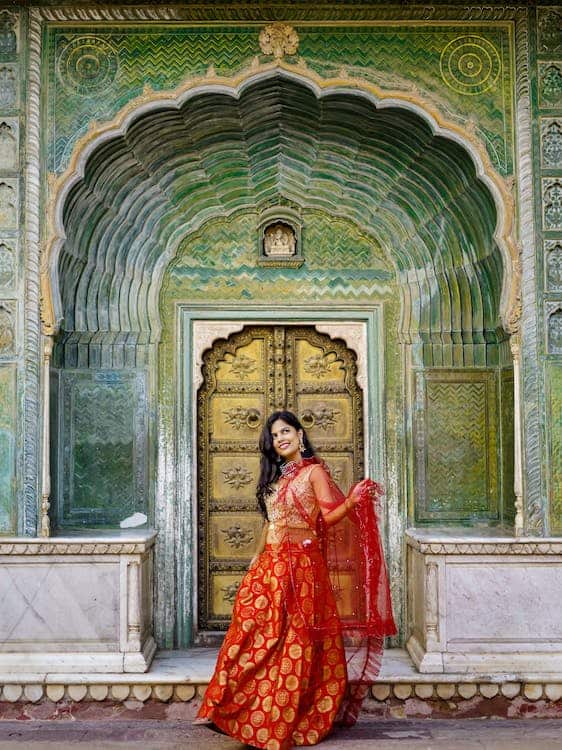
Timings: 9:30 AM – 5:00 PM
Entry Fee: Adult- Indian: INR 100, Foreigner: INR 400
Child- Indian: INR 50, Foreigner: INR 250
Jantar Mantar Jaipur
Jantar Mantar, the world’s biggest stone astronomical observatory, is located near the City Palace in the regal city of Jaipur. Jantar Mantar in Jaipur has been included to UNESCO’s list of World Historic Sites because of its great cultural, heritage, and scientific importance.
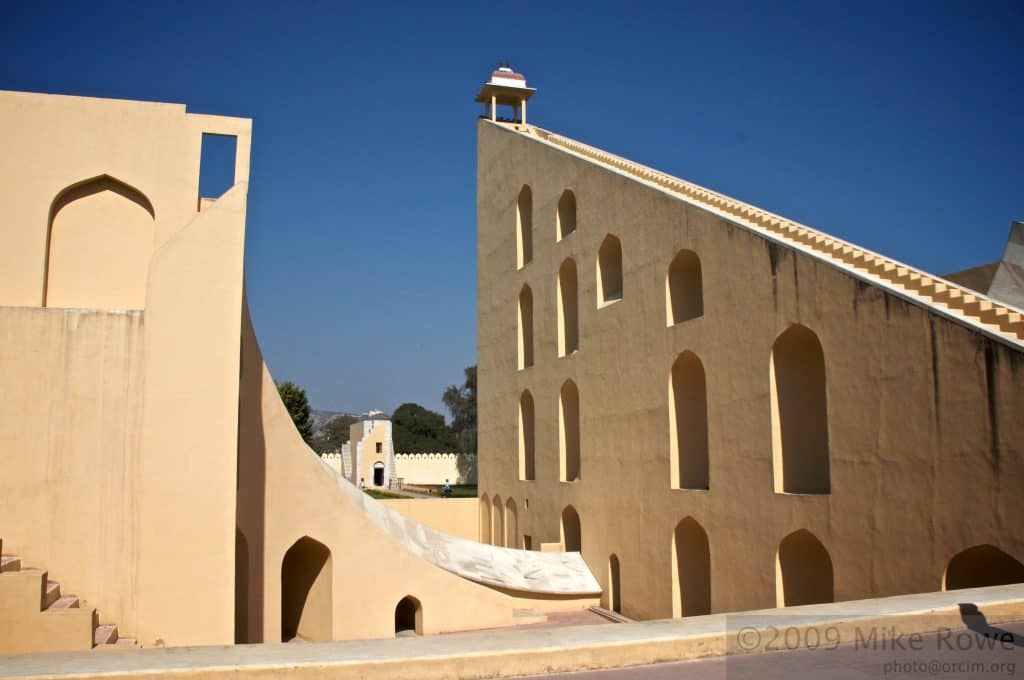
The primary goal of this massive observatory was to research and collect data about space and time. The instruments in this collection are from the Egyptian study of Ptolemaic astronomy, and they use three traditional celestial coordinate systems to track the positions of celestial bodies: the horizon-zenith local system, the equatorial system, and the ecliptic system. The Jaipur observatory is one of five such observatories established by Raja Jai Singh at New Delhi, Ujjain, Varanasi, and Mathura. The finest experience here is probably the nightly light and sound performance, which transforms Jantar Mantar into a firefly!
Timings : 9:00 AM – 4:30 PM
Entry Fee : Indians: INR 40, Students : INR 15, Foreigners: INR 200
Jal Mahal
The magnificent and calm Jal Mahal is located on the outskirts of Jaipur, right in the middle of the Man Sagar Lake. It is surrounded by the Nahargarh Hills, which are a superb creation. This low-rise symmetrical Palace was formerly a Maharajas’ shooting lodge and today attracts people from all over the world. Maharaja Madho Singh commissioned the construction of Jal Mahal in the 1750s. It is, without a doubt, one of India’s most photographed monuments. The most outstanding characteristic of this palace is that there are four levels underneath the water level, despite the fact that only one storey is visible above it.
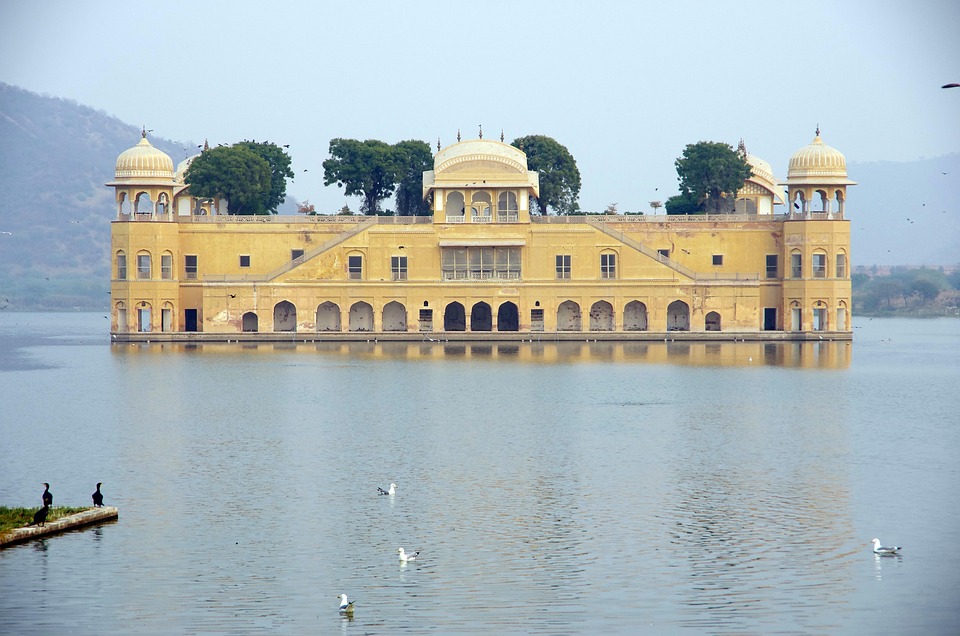
It is one of the most stunning architectural palaces in the world, created by merging Mughal and Rajput architectural traditions. Although entry to the fort is restricted, the view from afar while boating is enough to captivate you. The fort lights up in the night, and the reflection of the fort in the lake is extremely stunning. The boat tour of the palace has been halted as well. It is, however, a fantastic area to spend some quiet time surrounded by beauty and nature. The Jal Mahal can be seen from a footpath that surrounds the Man Sagar Lake.
Timings : 6:00 AM – 6:00 PM
Entry Fee : Free
Nahargarh Fort
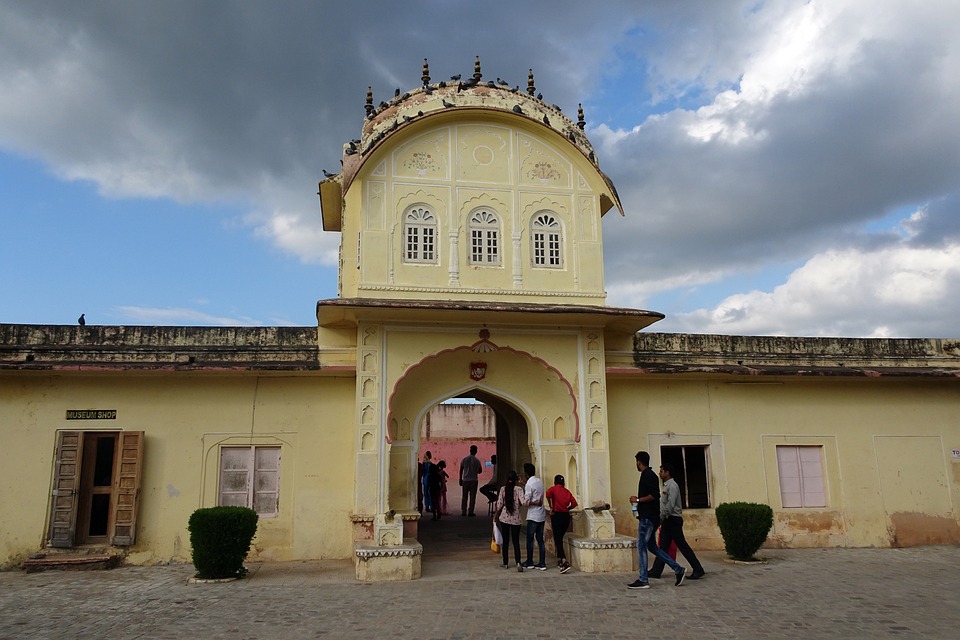
The Nahargarh Fort is located in Jaipur’s Pink City and is one of the city’s many uncountable palaces and exquisite ancient buildings, all of which tell of the city’s wonderful and rich history.
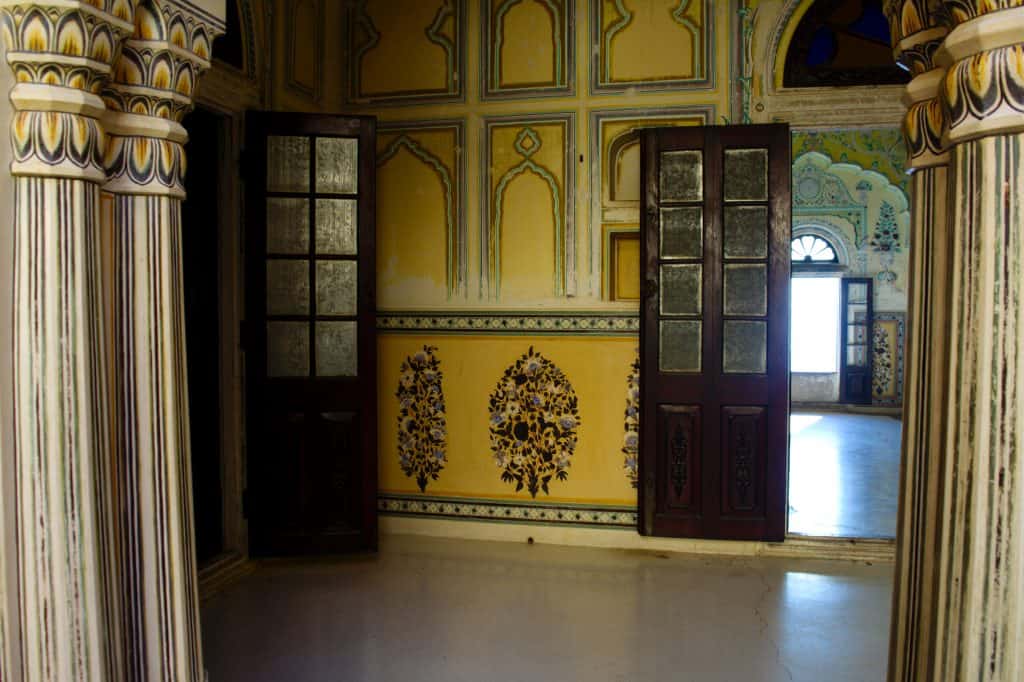
The Nahargarh Fort, which is adorned with intricate carvings and stonework, is an impregnable building that, along with its two neighbouring forts – Amer and Jaigarh – previously served as a formidable defence of Jaipur city. Maharaja Sawai Jai Singh II constructed the Fort in 1734 as a retreat.
Timings : 10:00 AM – 5:30 PM
Entry Fee : Indians: INR 20, Indian students: INR 5, Foreigners: INR 50, Foreign students: INR 25
Amer Fort
Amer Fort, located in Jaipur’s Pink City, is one of India’s most spectacular palaces. This towering edifice, also known as the Amber Fort, is an architectural marvel with maze-like halls and serpentine staircases. It is noteworthy in Indian history. Amer Fort is part of a larger complex covered in pink and yellow sandstone. Amer Fort, built in 1592 by Maharaja Man Singh I, one of Akbar’s most loyal generals, served as the Rajput rulers’ principal home.
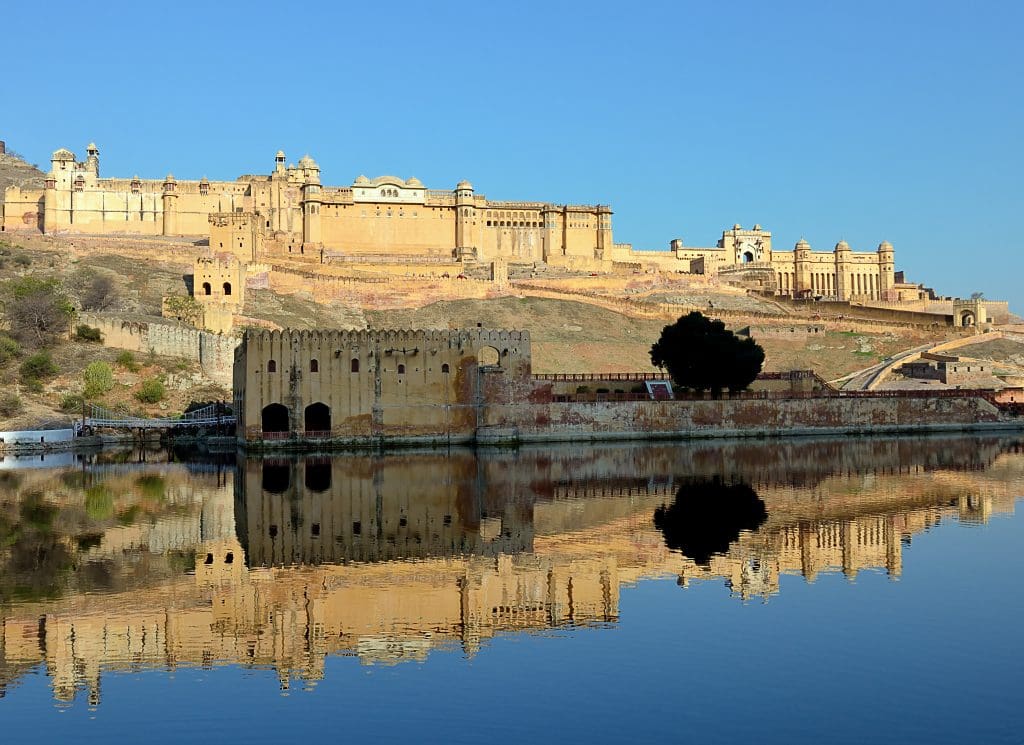
The Amer Fort overlooks the Maotha Lake in the town of Amer, which used to be the capital of the old Jaipur princely state, with its huge ramparts, many doorways, and paved roads. An elephant ride up the Amber Fort’s stairwell is also a famous tourist attraction. The Amer Fort, along with five other forts, was inscribed into the UNESCO World Heritage Site list as part of the “Hill Forts of Rajasthan.”
Timings: 9:00 AM – 6:00 PM
Light Show timings: English: 7:30 PM, Hindi: 8:00 PM
Entry Fee: Indian National: INR 25,
Students: INR 10,
Foreign Nationals: INR 200
Elephant Ride for two at Amer Palace: INR 900
Jaigarh Fort
The Jaigarh Fort is a magnificent structure built above the ‘Cheel ka Teela’ hills in Jaipur’s Pink City. Sawai Jai Singh II commissioned this spectacular structure to safeguard Amer Fort in 1726. It’s a grandiose edifice cradled on the cliff’s edge, surrounded by lush flora and enormous battlements. This majestic fort is linked to Amer Fort via underground corridors and is renowned as the ‘Fort of Victory’ since it was never conquered.
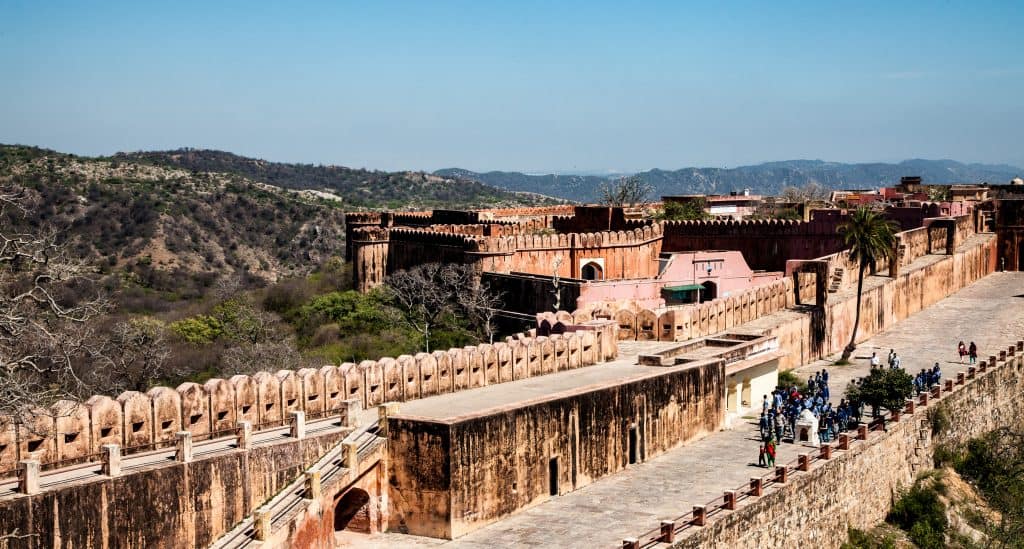
The fort of Jaigarh is regarded to be the most powerful of all the forts. The fort is named for the emperor who ordered its construction, Sawai Jai Singh II, and it recalls the city’s glorious past.
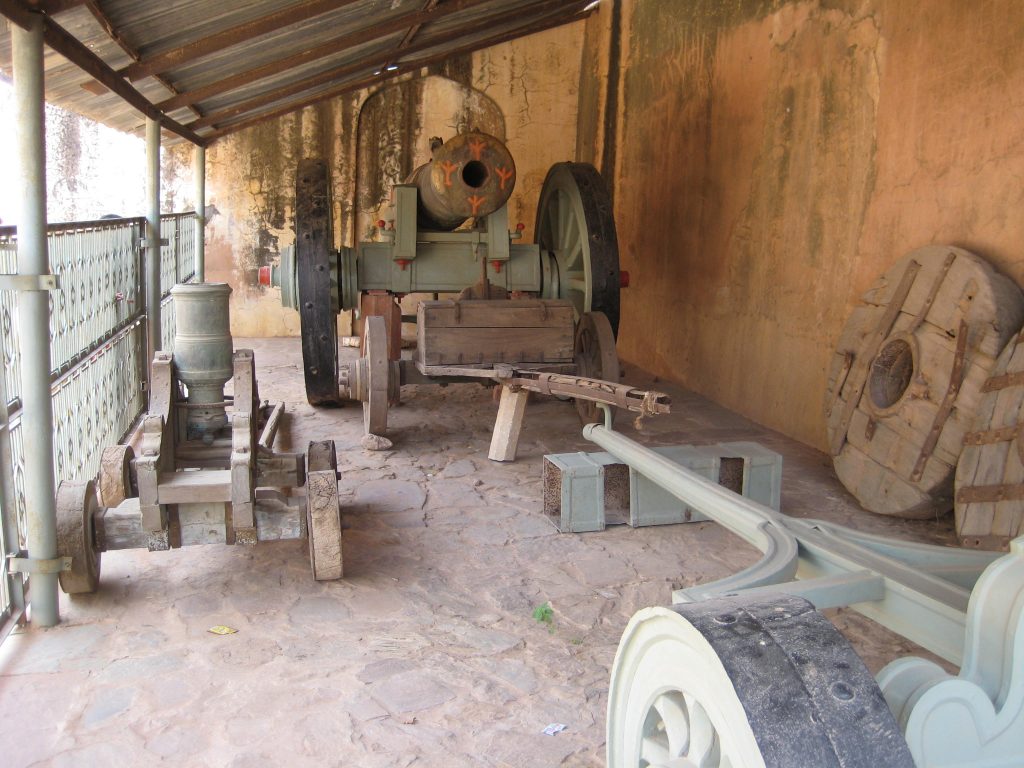
The fort is also famed for the vast treasure that was said to be buried beneath it, in addition to its exquisite architecture. The treasure, however, is thought to have been seized by the Rajasthan government in the 1970s.
Timings : 9:30 AM – 4:45 PM
Entry Fee : Indians: INR 35,
Foreigners: INR 85
Rambagh Palace
Rambagh Palace was established in 1835 and has seen several royal transformations, including from the home of the queen’s favourite handmaiden to a royal guesthouse and hunting lodge, and finally to Maharaja Sawai Man Singh II’s and Maharani Gayatri Devi’s palace. The Taj Hotels & Resorts now manages it as a historical hotel. The hotel is recognised as Jaipur’s “Jewel.”
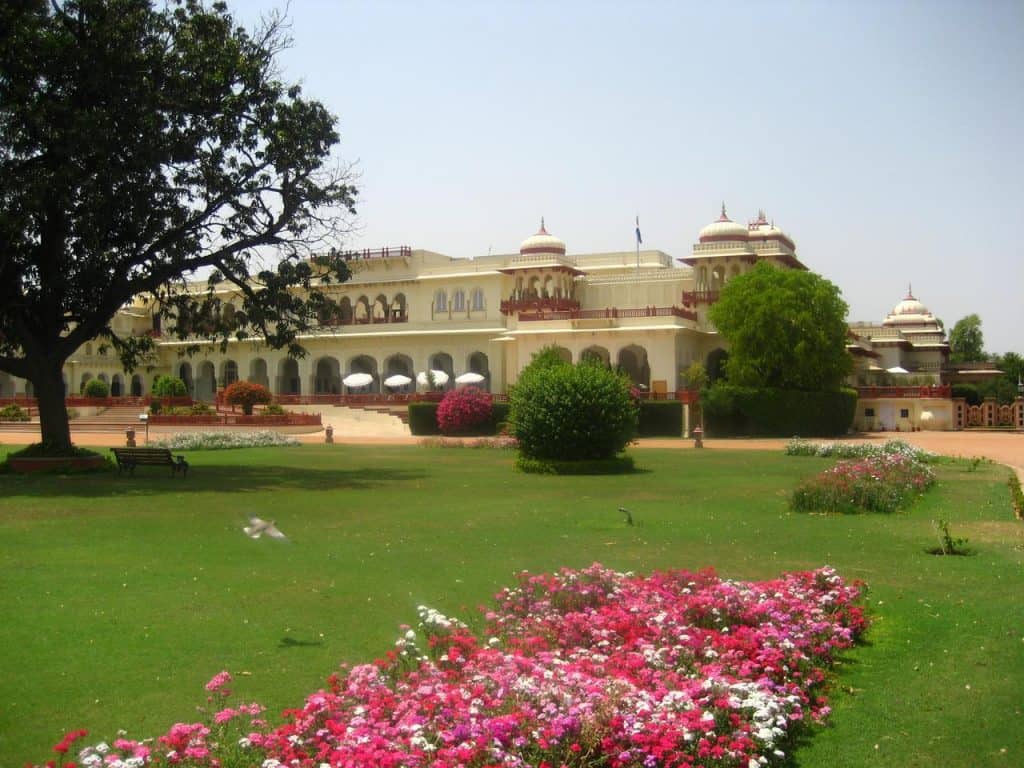
The opulent Rambagh Palace, which was formerly the palace of the Maharaja of Jaipur, is now a magnificent hotel with manicured, lush-green grounds and ancient architecture. The Palace is one of the most magnificent displays of Rajasthani grandeur and glory. The palace’s decor, which includes fancy wall carvings, wooden and marble flooring, and Rajasthani furniture, dates back to a time when technology was less developed and handwork was one of the finer options, as evidenced by the fancy wall carvings, wooden and marble flooring, and Rajasthani furniture. The Palace promotes the town’s cultural legacy while also providing exceptional comfort and respite to its visitors.
Timings : 24 hrs
Galta Ji
The temple complex has multiple stunning shrines, holy Kunds, and natural freshwater springs, making it one of Jaipur’s most historically significant locations.
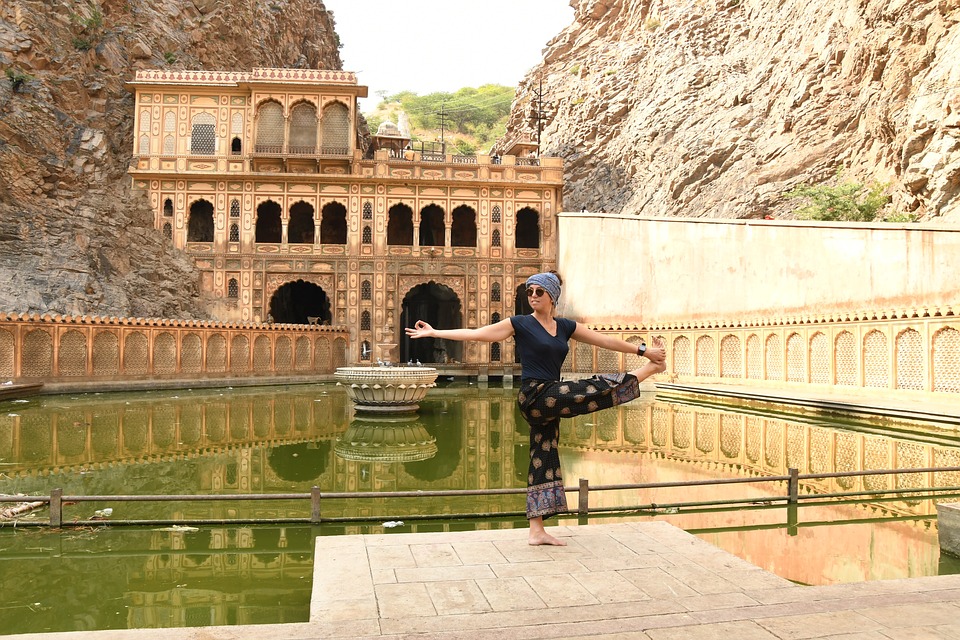
This palace-like temple is a work of Rajasthani art that is marvellously embellished with exquisite carvings and paintings, making it a must-see. The complex’s ‘Gaumukh,’ which is a stone head of a cow from which all the tanks collect pure water, is another remarkable feature. The temple is also known as the Monkey Temple because it is home to many monkey tribes.
Timing: 5:00 AM to 9:00 PM
Sisodia Rani Bagh
A royal garden on the grounds of the Sisodia Palace gives a calm respite from Jaipur’s hot and dusty climate. It was constructed in 1728 as a summer getaway for Maharaja Sawai Jai Singh II’s Queen and depicts their love. Its walls are adorned with magnificent artwork depicting Radha and Krishna’s wonderful love storey.
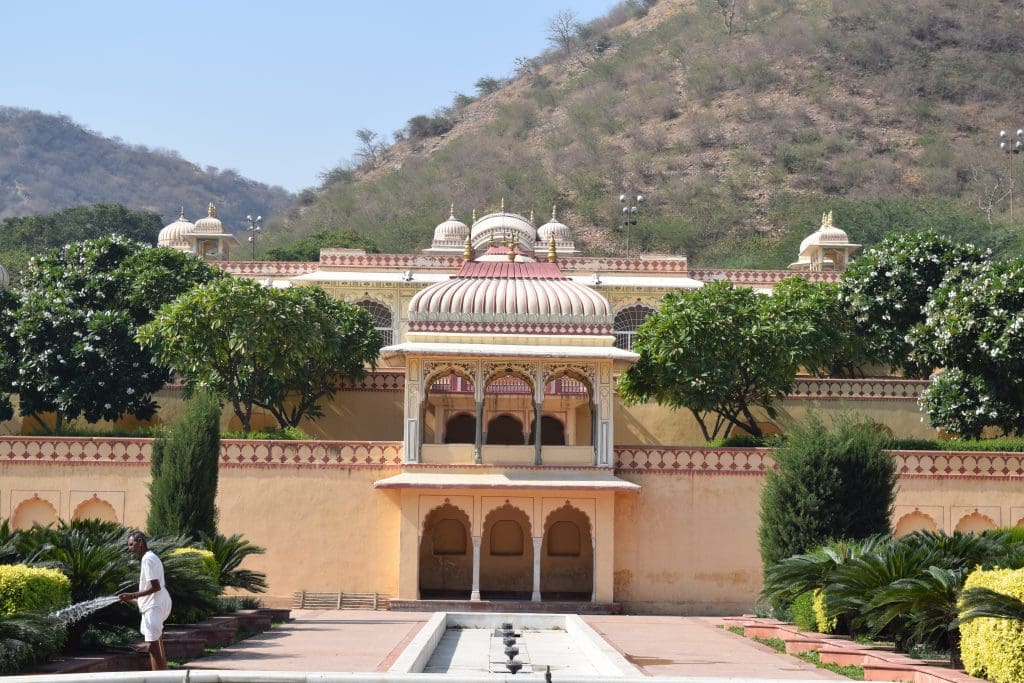
This well-kept and multi-layered garden is one of Jaipur’s most eloquent historical sites, attracting people from all over the world with its magnificent galleries, foliage, elaborate murals, flowerbeds, and water fountains..
Timing: 8:00 AM to 5:00 PM, daily.
Entry Fees: 50 per person for Indians, 200 per person for Foreigners.
Read More: Latest



